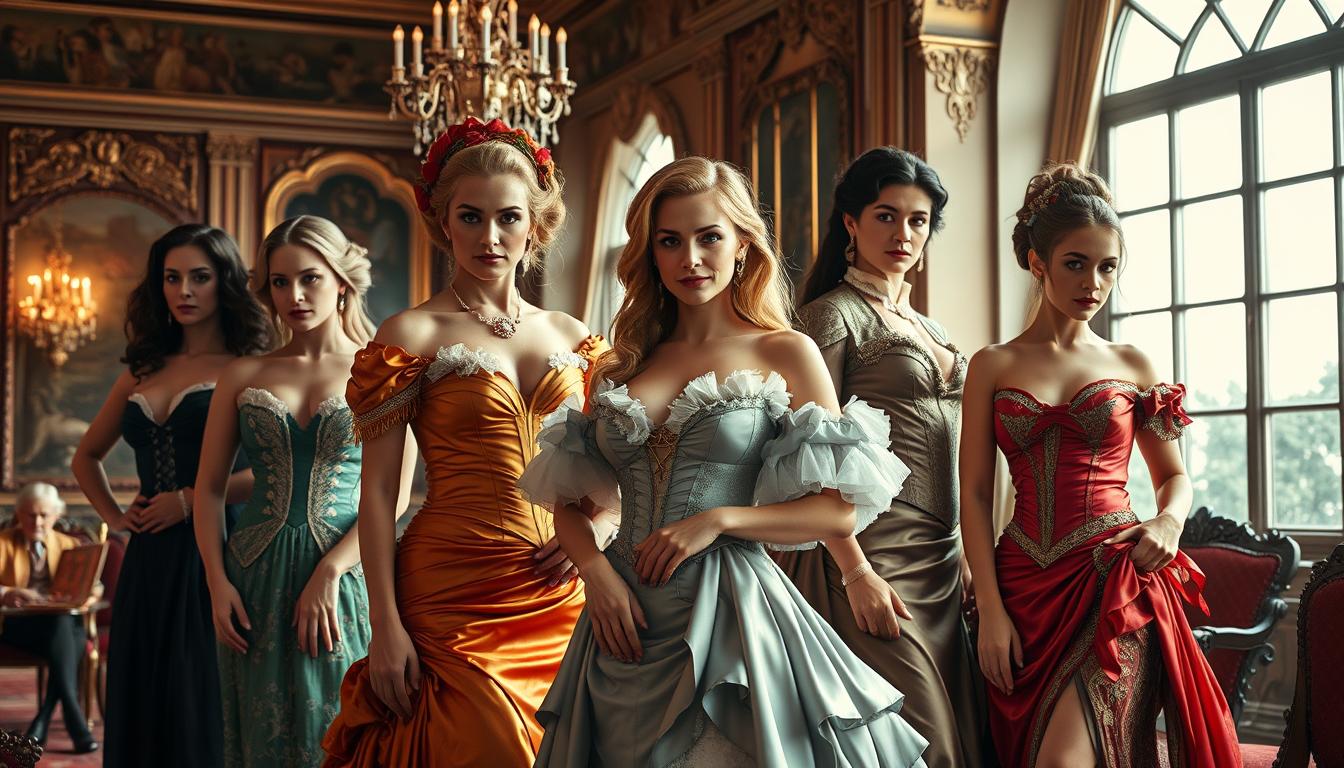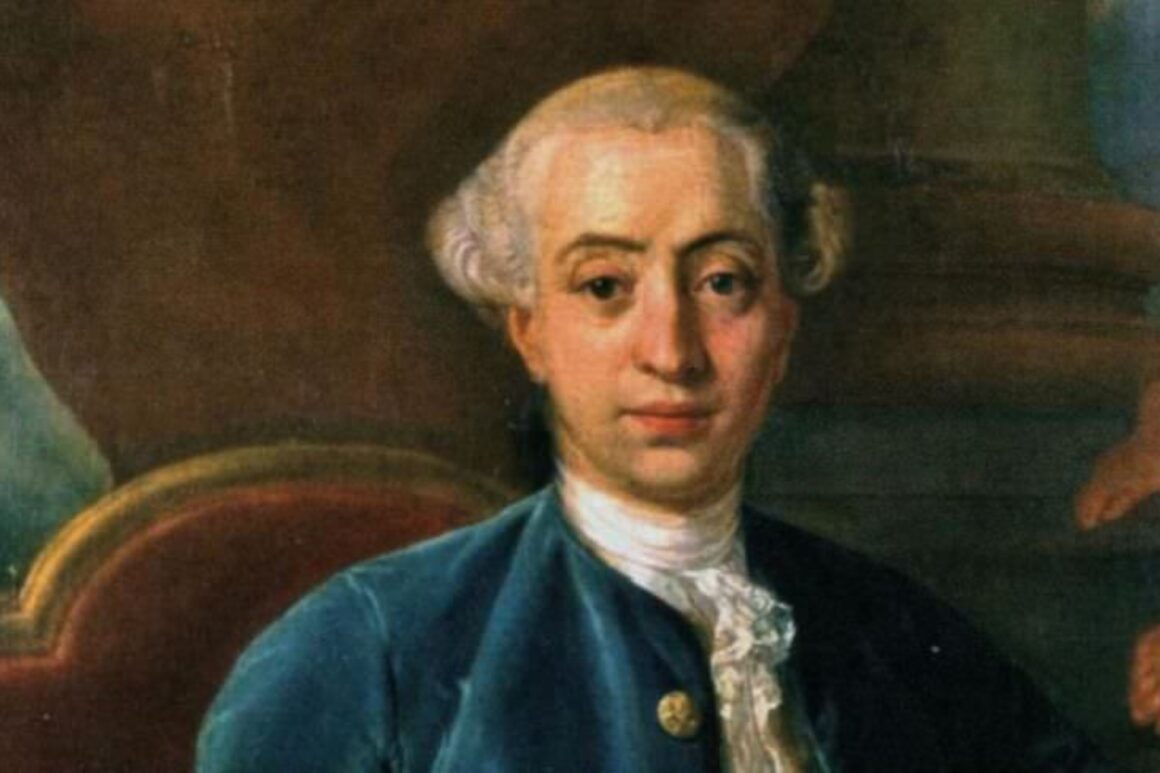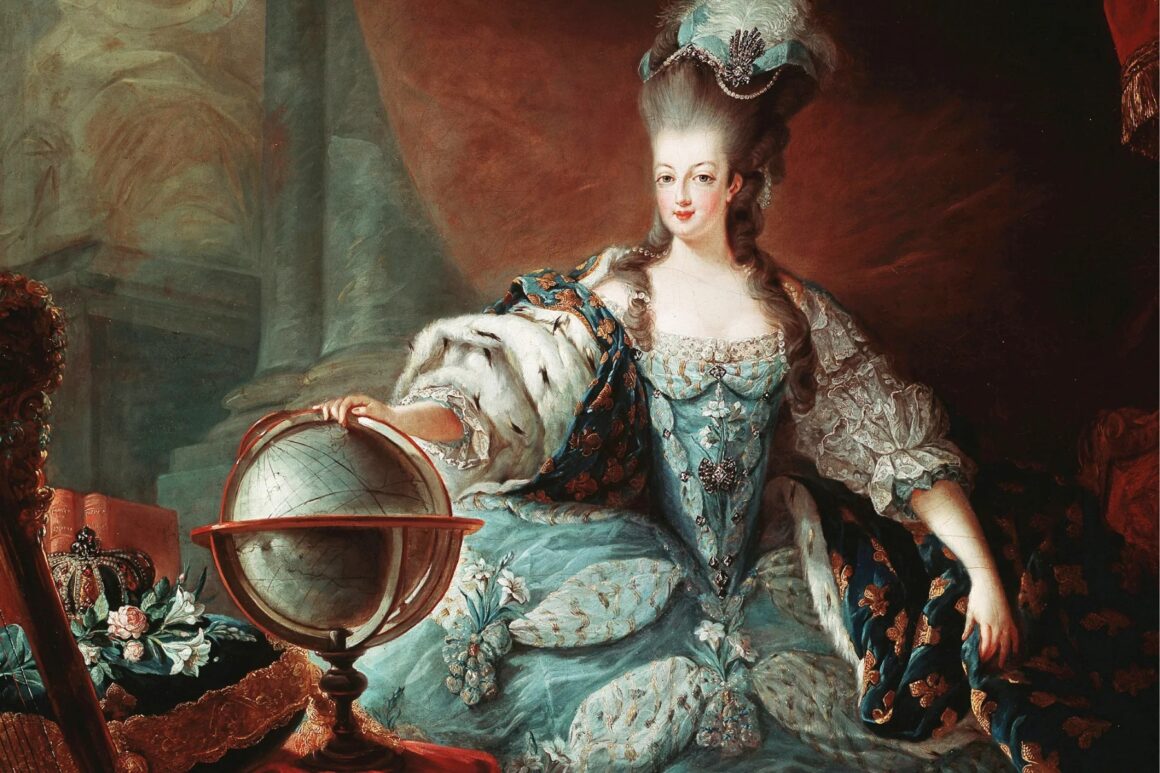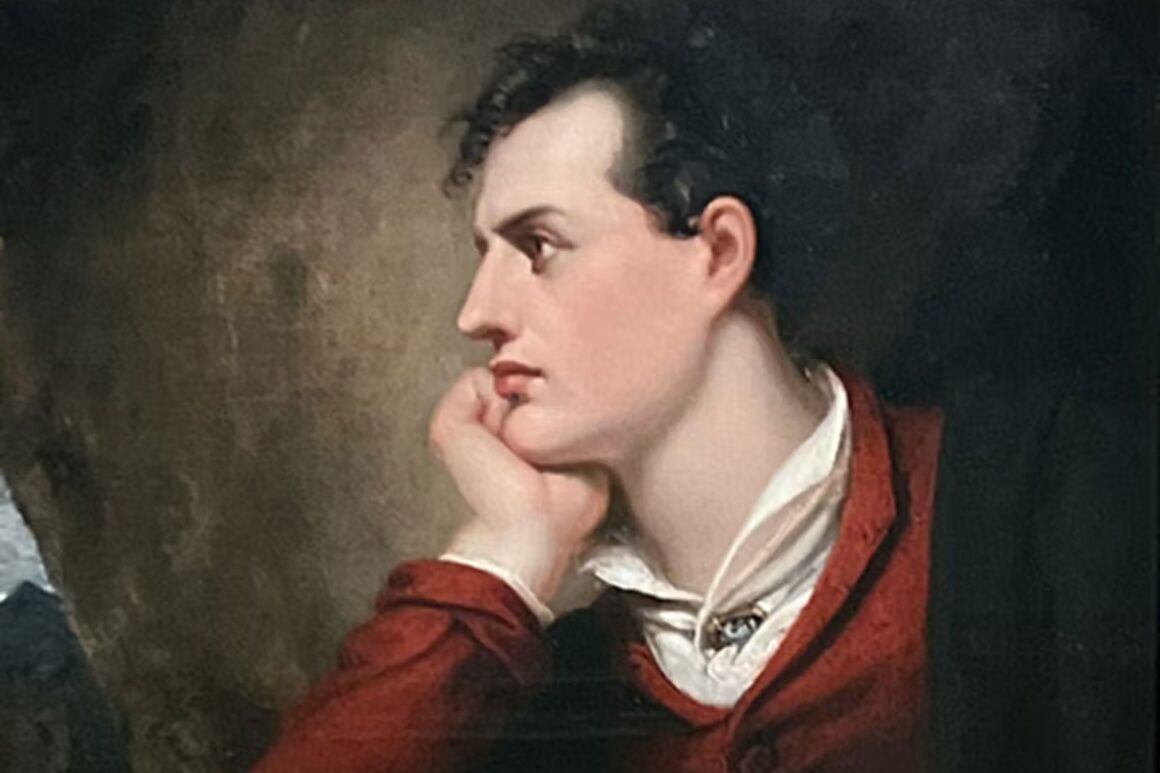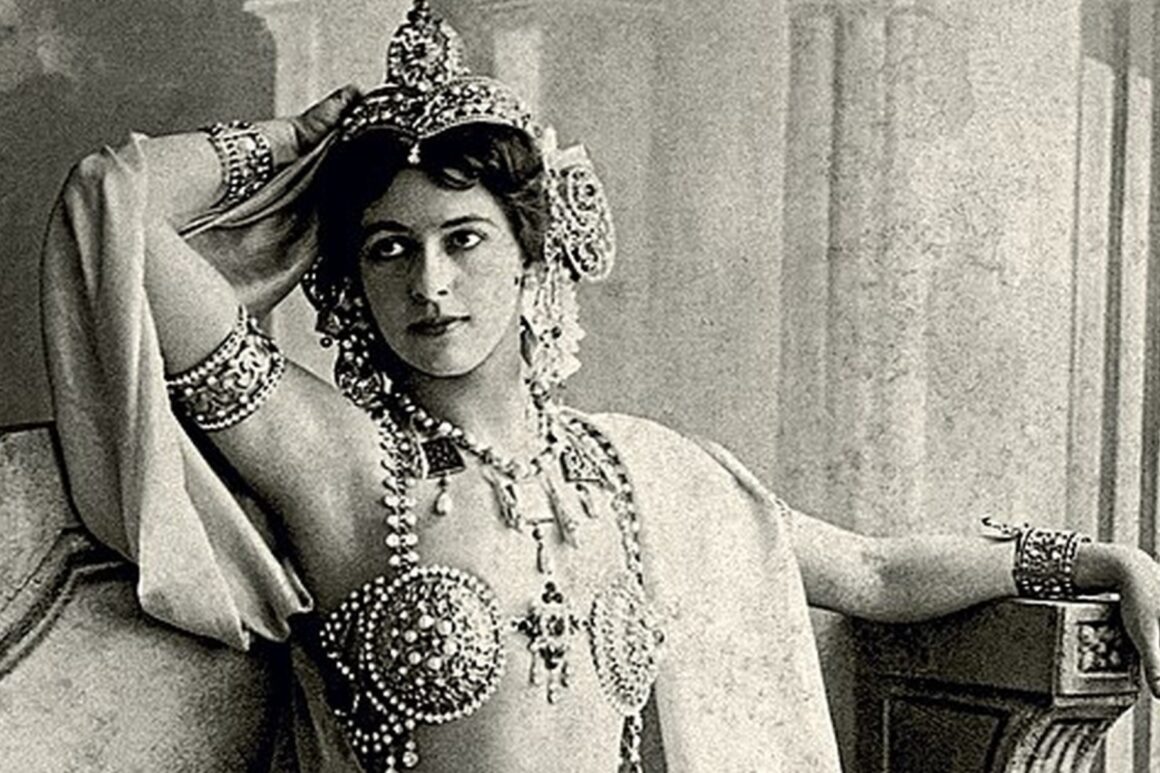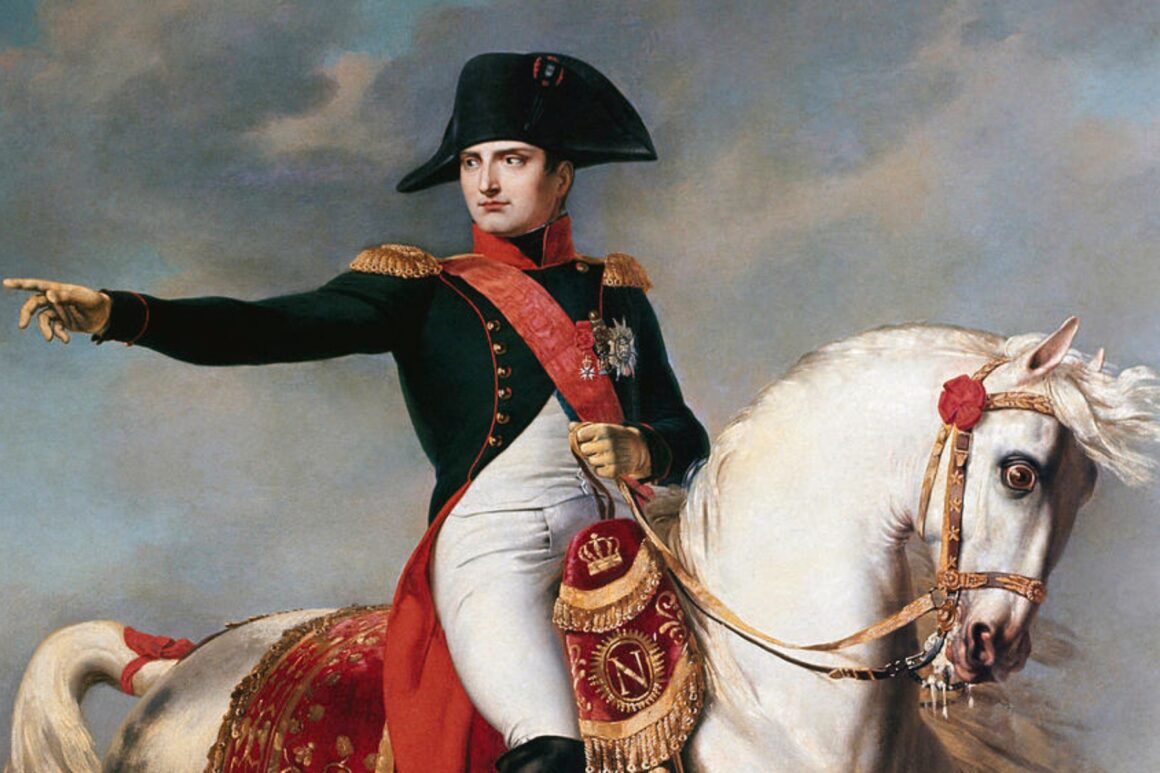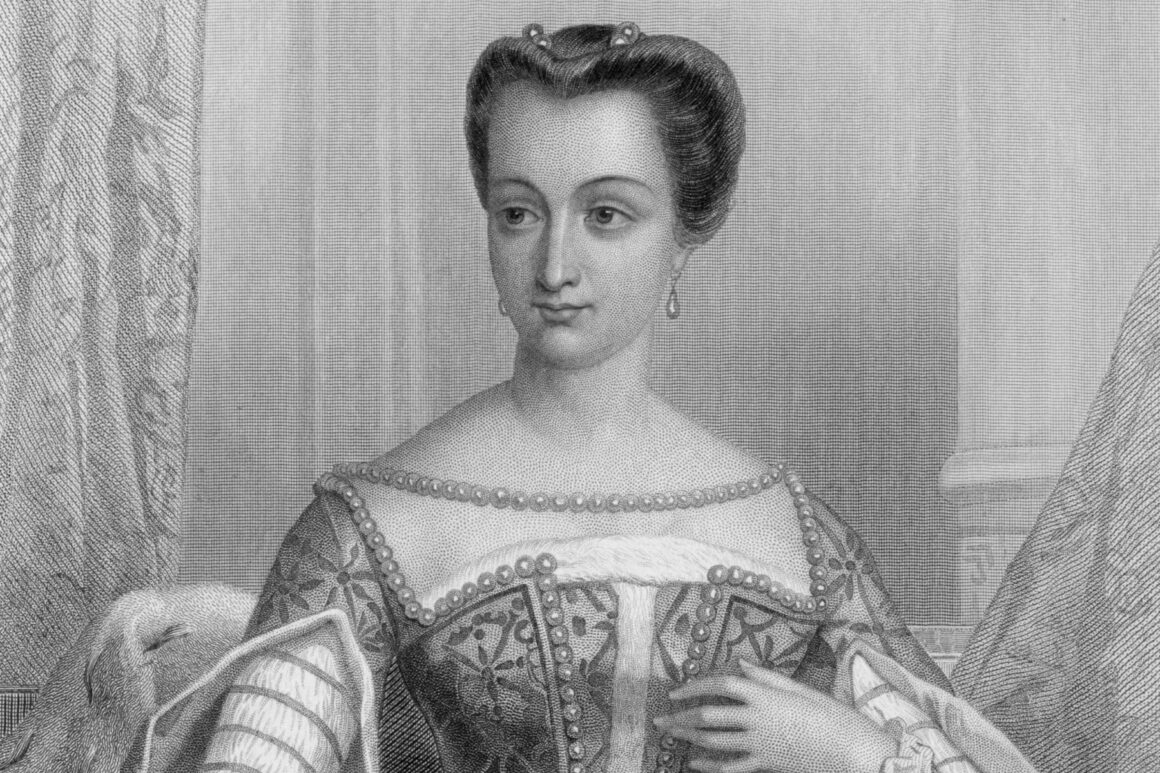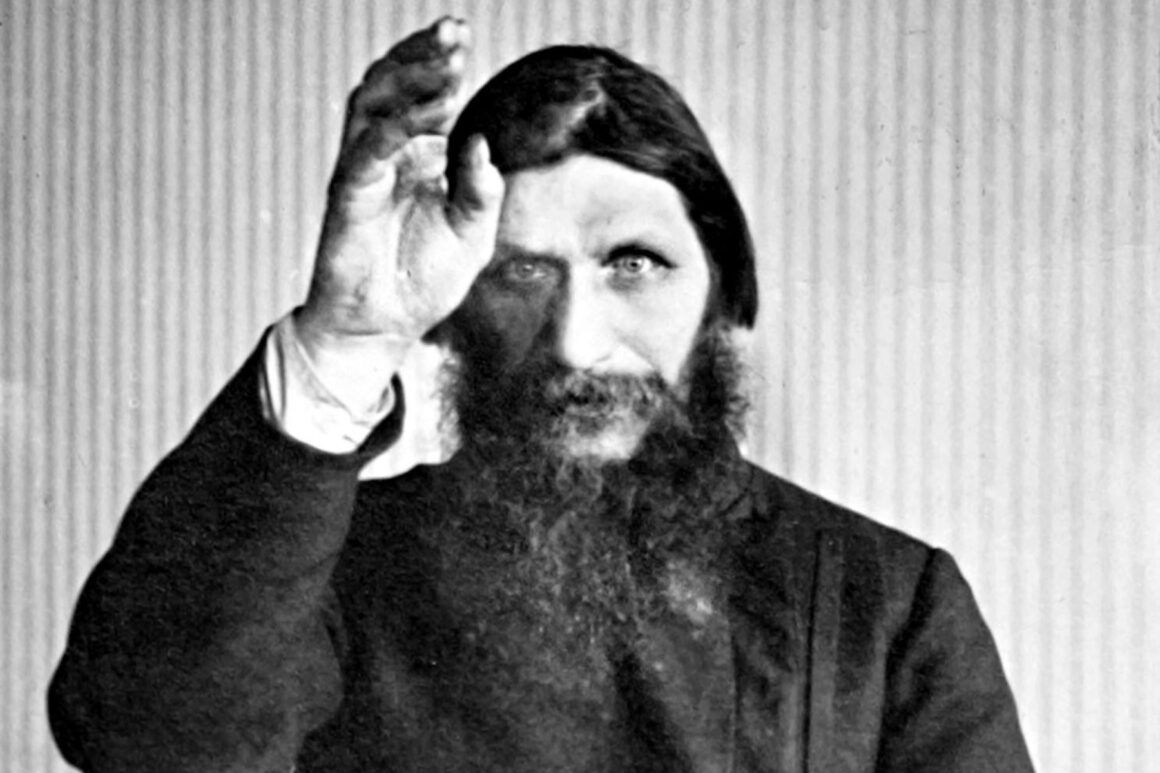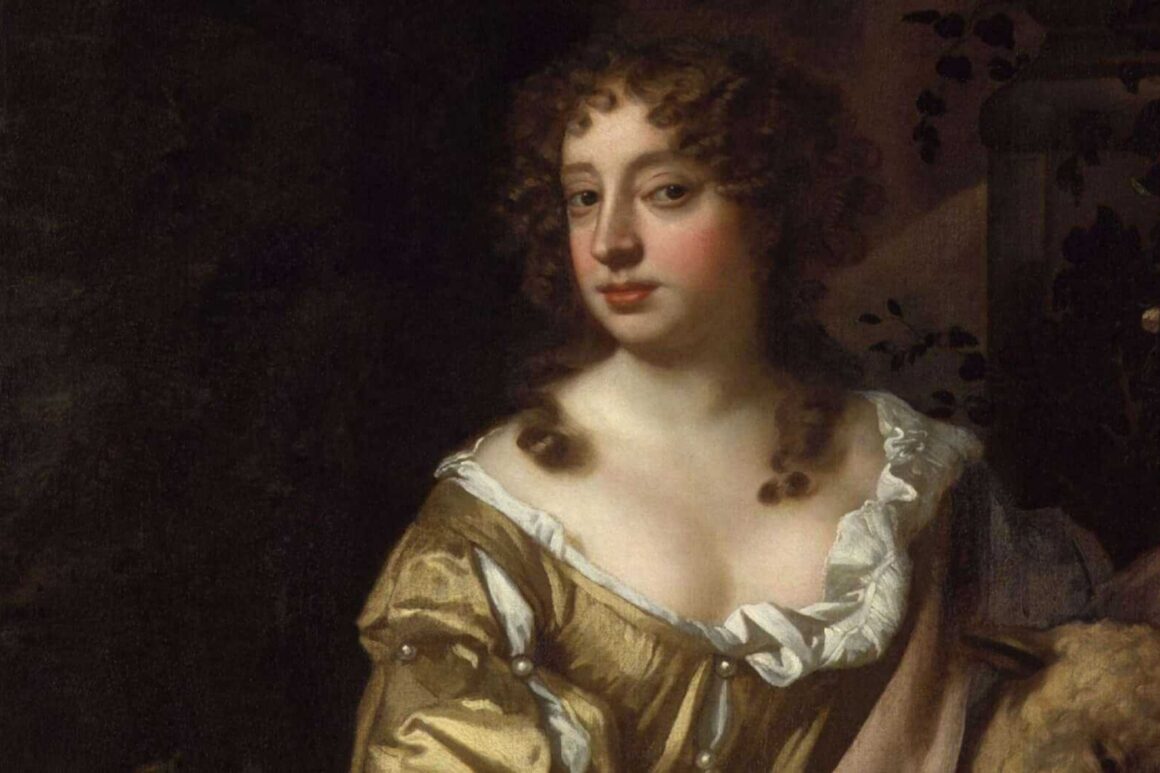History is filled with people who could capture and charm others. These figures were more than just good-looking. They had a power that changed politics, art, and history itself.
Picture walking into a royal court where charm is more powerful than words. A single look could alter an empire’s fate. These figures were experts at attraction, mixing brains, confidence, and a magnetic aura that pulled people to them.
From ancient queens to famous poets, they knew seduction was an art. It was more than just looks. They used their charm to shape society and leave lasting stories that amaze us today.
Key Takeaways
- Seductive charm goes beyond looks
- Charisma can be a strong tool in politics and society
- These figures used charm to shape events
- Intelligence and confidence boost personal charm
- Legendary people often had amazing social skills
Cleopatra: Egypt’s Enchanting Queen

Cleopatra was a fascinating ruler in ancient history. She came from Macedonian Greece and ruled Egypt for nearly three centuries. While myths often focus on her beauty, she was much more complex.
She was known for her intelligence. Cleopatra spoke many languages and knew a lot about math, philosophy, and astronomy. She challenged the idea that women couldn’t hold power, forming key alliances with Roman leaders like Julius Caesar and Mark Antony.
Coins show Cleopatra had unique features, not just beauty. Plutarch said her charm and voice were more powerful than her looks. Her famous meeting with Mark Antony on a golden barge showed her skill in diplomacy.
Cleopatra was also a scientist. She did important work in toxicology, chemistry, and medicine. Her experiments with lead-based eyeliner showed her deep understanding of chemistry, proving she was more than just a seductress.
Her legacy inspires us today. Modern films and stories keep her memory alive. Cleopatra stands as a symbol of female power, intelligence, and political skill in a world dominated by men.
Giacomo Casanova: Europe’s Greatest Seducer
Giacomo Casanova came from Venice, known as Europe’s pleasure capital. He was a legendary lover who changed the way people think about seduction. Born on April 2, 1725, he was both charming and smart.
Casanova’s life was more than just love affairs. He started university at 12 and got his law degree by 17. He met famous people like Voltaire, Goethe, and Mozart.
He tried many careers, from law to gambling. His life was full of ups and downs. His autobiography, “Histoire de ma vie,” is over 3,700 pages long. It shows what life was like in 18th-century Europe.
Casanova was famous for his love life. He said he had over 120 affairs. His daring escape from the Doge’s Palace made him even more legendary.
But Casanova was more than a lover. He traveled over 4,500 miles across Europe. His story was so interesting that it was banned by the Vatican. It was only shown publicly in 2011.
Marie Antoinette: France’s Alluring Monarch
Marie Antoinette became a key figure in French history, becoming Queen at just 14. Her arrival from Austria sparked curiosity and controversy. She was known for her beauty and lavish lifestyle, which led to her downfall.
Despite her lavish spending, Marie Antoinette was more than just a caricature. She faced a treacherous political landscape where public opinion could change quickly. The famous “let them eat cake” quote, likely made up, showed the growing gap between the monarchy and the people.
Her personal life was also filled with challenges. She and Louis XVI struggled with public doubts about their ability to have children. The Diamond Necklace affair damaged her reputation, adding to the monarchy’s problems.
As tensions rose, Marie Antoinette became a target of revolutionary anger. Her Austrian background made her a symbol of France’s troubles. The French Revolution led to her execution in 1793, during the Reign of Terror.
Marie Antoinette’s life is a story of power, perception, and tragedy. She remains a captivating historical figure. Her legacy continues to fascinate, showing the complex world of 18th-century royalty.
Lord Byron: Poet of Passion
Lord Byron was a standout figure in the Romantic era. His life was as passionate as his poetry. Born in 1788, he became famous for his charm and tumultuous love life. His poetry made him a cultural icon, crossing beyond just literature.
Young Byron was known for his charm and controversy. Despite a deformed foot, he didn’t let it stop him. His works like “Childe Harold’s Pilgrimage” and “Don Juan” made him a sensation in England.
Byron’s love life was as exciting as his poetry. He had at least 12 romantic relationships, breaking social rules. His love spanned different genders, showing a depth ahead of his time. Lady Caroline Lamb called him “mad, bad, and dangerous to know,” adding to his mystique.
But Byron was more than his love life. He was a strong advocate for social causes. He fought for Greek independence and died in Greece in 1824 at 36. His fight for freedom made him a hero, not just a poet.
Mata Hari: The Seductive Spy
Mata Hari was a Dutch dancer who became a legendary spy during World War I. Born Margaretha Geertruida Zelle on August 7, 1876, in Leeuwarden, Netherlands. She became a symbol of intrigue and seduction in European society.
Her journey started after a tumultuous marriage to army captain Rudolf MacLeod. By 1903, Mata Hari became an exotic dancer in Paris. Her performances were provocative, challenging early 20th-century social norms.
In 1915, Mata Hari became a spy for 20,000 francs, thanks to Karl Kroemer. Her connections with influential figures made her a great spy candidate. But, British intelligence was suspicious of her.
The French intelligence recruited Mata Hari in 1916. But, her fate was sealed on February 13, 1917, when she was arrested for espionage. Her trial was quick, lasting just an hour. She was found guilty and executed on October 15, 1917.
Historians debate her true role as a spy. Many say the evidence against her was mostly circumstantial. Mata Hari is a symbol of female empowerment, intrigue, and the dangers of mixing sexuality with international conflict.
Napoleon Bonaparte: Conqueror With Charm
Napoleon Bonaparte was more than just a military leader. He was a historical figure known for his charm. Despite being only 5’6″, he had a way of drawing people in with his personality and charisma.
His love life showed his seductive charm. Napoleon’s relationship with Josephine de Beauharnais was passionate. He wrote her love letters that showed his deep emotions, proving his charm went beyond war.
Napoleon’s charm wasn’t just for romance. He had a gift for leadership, inspiring loyalty in his soldiers. They saw him as a legendary figure, capable of winning great victories.
Napoleon also worked hard on his image. He spent two hours a day on grooming, knowing looks were important. His image made him a compelling figure in European history.
But Napoleon’s true talent was not just in war. It was in winning over people’s hearts and minds with his charm.
Diane De Poitiers: Mistress of Magnetism
Diane de Poitiers was a standout among historical figures known for their charm. Born in 1499, she became the most influential mistress of King Henry II. Her intelligence and magnetic personality gave her unmatched power at the French court.
Diane’s beauty went beyond the usual standards of her time. Despite being 20 years older than the king, she kept a strong position at court. Her sharp wit and political smarts made her a favorite of Henry II. He often wore her colors and created many artworks for her.
Her influence went beyond romance. Diane was a master strategist in complex political scenes. She managed to keep the king’s favor while dealing with his wife, Catherine de’ Medici. This showed her great diplomatic skills.
Diane also loved the arts and architecture. She turned the Château de Chenonceau into a beautiful showcase of her taste. Her work showed that charm was not just about looks but also about brains and creativity.
Diane de Poitiers showed how charm can change politics and society. She did it through her intelligence, charisma, and strategic thinking.
Rasputin: Russia’s Hypnotic Holy Man
Grigori Rasputin was a mysterious figure in early 20th-century Russia. He started as a simple peasant from Siberia. But he became a powerful mystic, influencing the Russian royal court.
Rasputin had a unique charm that drew people to him. He could hypnotize with his eyes, making a strong connection with others. This skill was a big part of his allure.
In the royal family, Rasputin was known for healing the hemophilia of Tsarevich Alexei. His spiritual powers made him a trusted advisor to Tsar Nicholas II and Empress Alexandra.
Despite many attempts to kill him, Rasputin kept coming back. He survived poison, shots, and beatings. His ability to survive made him even more mysterious.
Rasputin’s life ended on December 30, 1916. Conspirators killed him, ending his time of power in the Russian court.
Nell Gwyn: England’s Beguiling Actress
Nell Gwyn was a standout among historical figures known for their charm. Born in poverty in London, she became a celebrated actress and royal mistress. Her wit and charm won over King Charles II, lifting her from a poor orange seller to a royal court figure.
Her acting career started at London’s Drury Lane. Her comedic talent and charisma made her a favorite. Unlike others, she was loved for her realness and humor. Her ability to navigate 17th-century England’s social scene was unique.
King Charles II was deeply drawn to Gwyn’s beauty, intelligence, and humor. She was more than a mistress; she was a trusted friend who could make him laugh. Her influence went beyond the royal bedchamber, as she helped others and became a philanthropist in London.
Nell Gwyn’s story continues to captivate historians and the public. She shows how charm, talent, and intelligence can overcome social barriers in 17th-century England.
Lola Montez: The Bewitching Dancer
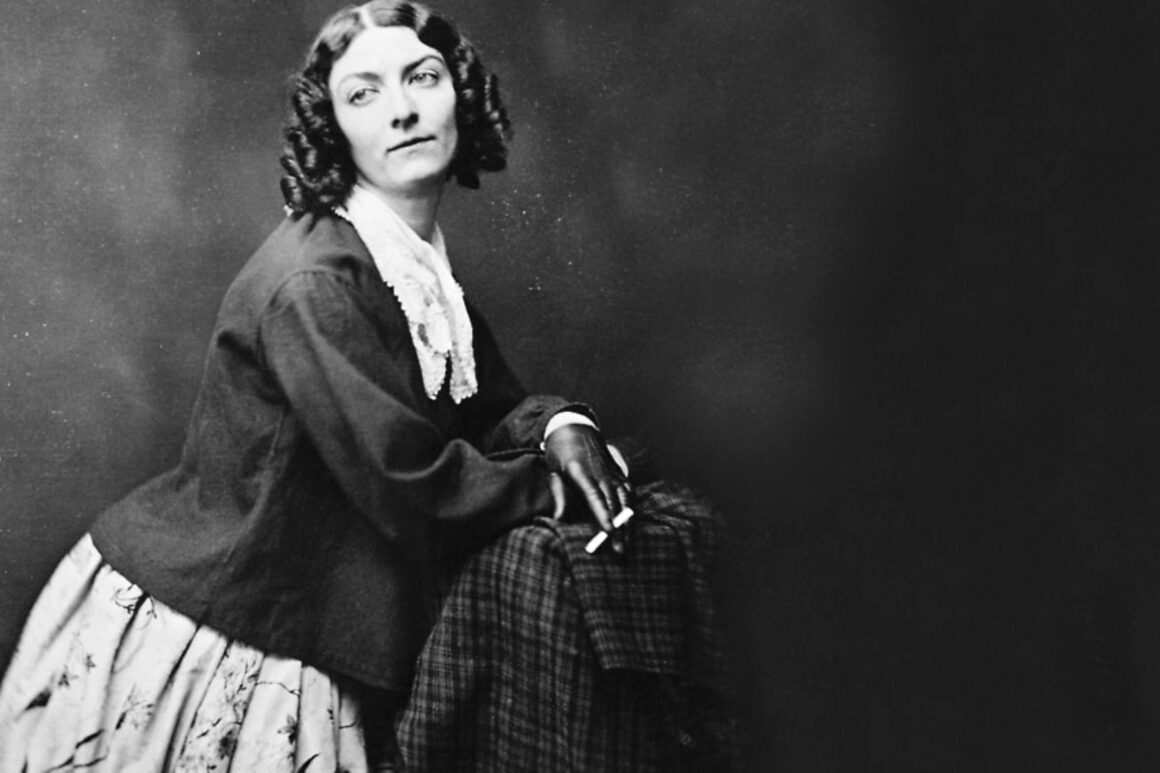
Lola Montez was a standout in the 19th century for her captivating charm. Born in Ireland, she became famous for her dancing and performances. She amazed European crowds with her talent and bold spirit.
Her charisma helped her move through society’s layers, from a simple dancer to a royal influencer. Montez knew how to use her charm and talent to win over powerful men, like King Ludwig I of Bavaria.
Her shows were more than dance; they were theatrical experiences that pushed boundaries. Her “Spider Dance” shocked and amazed people, showing her skill in shaping public opinion. She was a true embodiment of seductive charm, daring to challenge the norms of her time.
But Montez’s impact went beyond the stage. She also had a big role in politics. Her relationship with King Ludwig I changed Bavarian politics, showing how charm can lead to power. She was a mix of art, intelligence, and passion, leaving a lasting legacy.
Despite the criticism and social disapproval, Lola Montez stayed true to herself. This made her a symbol of female power in a time when women had few rights.
Conclusion – Historical Figures Known for Their Seductive Charm
Exploring historical figures known for their charm shows us a rich world of human attraction. These people were more than just good-looking. They had charisma, smarts, and emotional skills that changed history.
These figures knew how to draw people in. Cleopatra and Napoleon Bonaparte, for example, used their charm to lead and inspire. Their appeal went beyond looks, combining wit, confidence, and skill in talking.
This journey teaches us that charm is complex. It involves psychology, social skills, and personal traits. These figures show us that true attraction goes beyond looks. It includes depth, smarts, and understanding people.
Thinking about these individuals, we see that charm is powerful in our lives. Their stories teach us about the art of attraction. They show us how charm can shape history and connect us with others.

